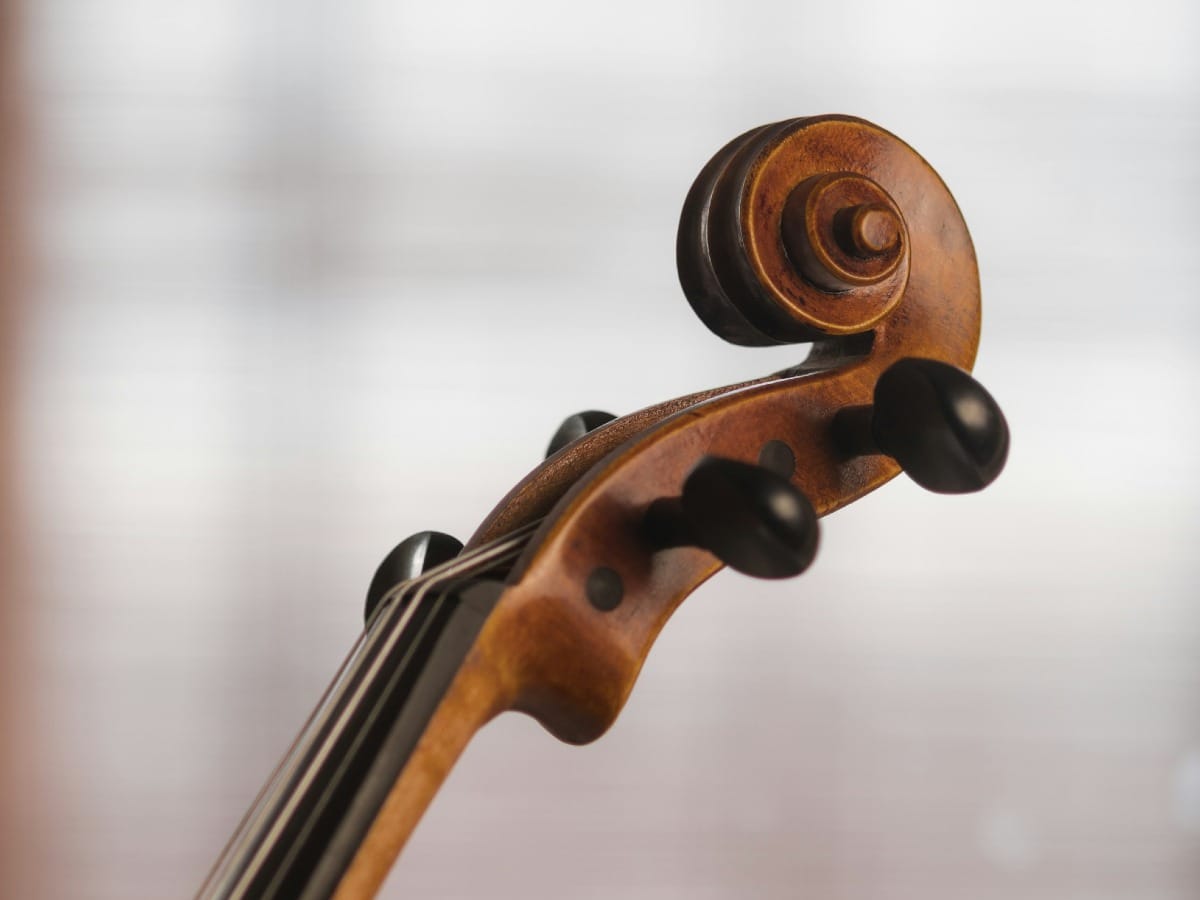Creating Music Visualizations for Classical Pieces

Classical music has an unmatched ability to stir emotion, paint vivid mental pictures, and transport listeners to other worlds. But in a digital-first era, the way audiences experience music is evolving. Visual accompaniments are no longer reserved for pop and electronic tracks—classical compositions are finding fresh life through immersive visuals. A well-crafted music visualizer can bring Bach, Beethoven, or Debussy into new creative spaces, engaging audiences who crave both sound and sight.
Why Visualizing Classical Music Works
Unlike modern tracks that often follow a predictable beat, classical compositions weave intricate melodies, dynamic shifts, and emotional contrasts. These natural rises and falls are perfect for visual interpretation. Audiences—especially younger listeners—are used to consuming music alongside compelling visuals. In fact, a Nielsen study found that 64% of people are more likely to engage with music content if it includes visuals. For classical music, this means an opportunity to expand reach and connect with new fans.
Choosing the Right Style for Classical Visuals
When creating visualizations for classical music, the aim is to complement, not overshadow, the music. Overly flashy visuals might distract from the subtlety of the performance. Instead, consider designs that reflect the piece’s tempo, era, and tone.
For example:
- A baroque harpsichord piece might pair well with elegant, symmetrical patterns reminiscent of ornate architecture.
- Romantic era symphonies could benefit from warm, flowing animations with gradual transitions.
- Minimalist modern classical works might suit simple geometric visuals with precise timing.
Tools to Get You Started
Today, you don’t need a full production team to create high-quality music visualizations. Tools like a music visualizer platform make it possible to sync audio to visuals without complex software knowledge. These tools often allow you to:
- Upload your audio and instantly preview animated templates.
- Customize colors, motion styles, and pacing to match the music.
- Export in high-quality formats for YouTube, concerts, or social media.
Elements That Work Well for Classical Tracks
While every piece is unique, certain visual techniques work particularly well for classical music:
- Waveforms and Spectrums – These provide a real-time visual connection to the audio without overpowering it.
- Abstract Animation – Flowing shapes or particles can match the swell of strings or the softness of a piano.
- Historical Imagery – Incorporating paintings, period architecture, or subtle vintage textures adds depth.
- Sheet Music Animations – Highlighting notes in sync with the performance creates an educational element.
- Light and Shadow Play – Perfect for highlighting contrasts between soft passages and dramatic crescendos.
Steps to Create a Classical Music Visualization
Creating an engaging visual for classical music doesn’t have to be intimidating. Here’s a simple process:
- Choose Your Piece – Decide whether you’re focusing on a solo, chamber piece, or full orchestral work.
- Analyze the Structure – Identify crescendos, quiet moments, and tempo changes that visuals should reflect.
- Pick a Visual Style – Match the aesthetic to the era and emotion of the composition.
- Use a Music Visualizer Tool – Upload your track and experiment with templates until the motion feels right.
- Refine for Timing – Make sure visual transitions align with musical changes.
- Export and Test – Play your final visualization alongside the track to ensure it complements the listening experience.
Expanding the Reach of Classical Music
Adding visual layers to classical performances not only enhances the listening experience but can also introduce the genre to audiences who might not seek it out otherwise. By blending tradition with technology, classical musicians and composers can present their work in a way that feels both timeless and modern.
When done thoughtfully, music visualization turns a listening session into an immersive journey—making it easier for audiences to feel the music, not just hear it.





